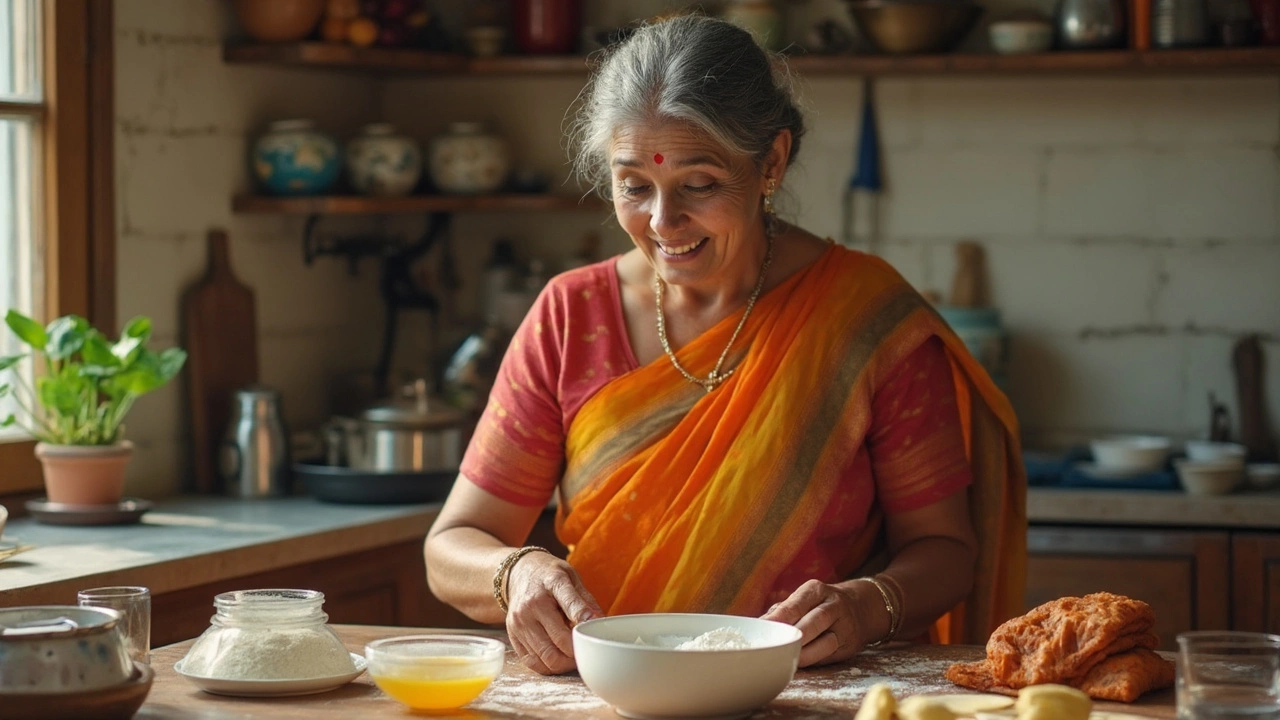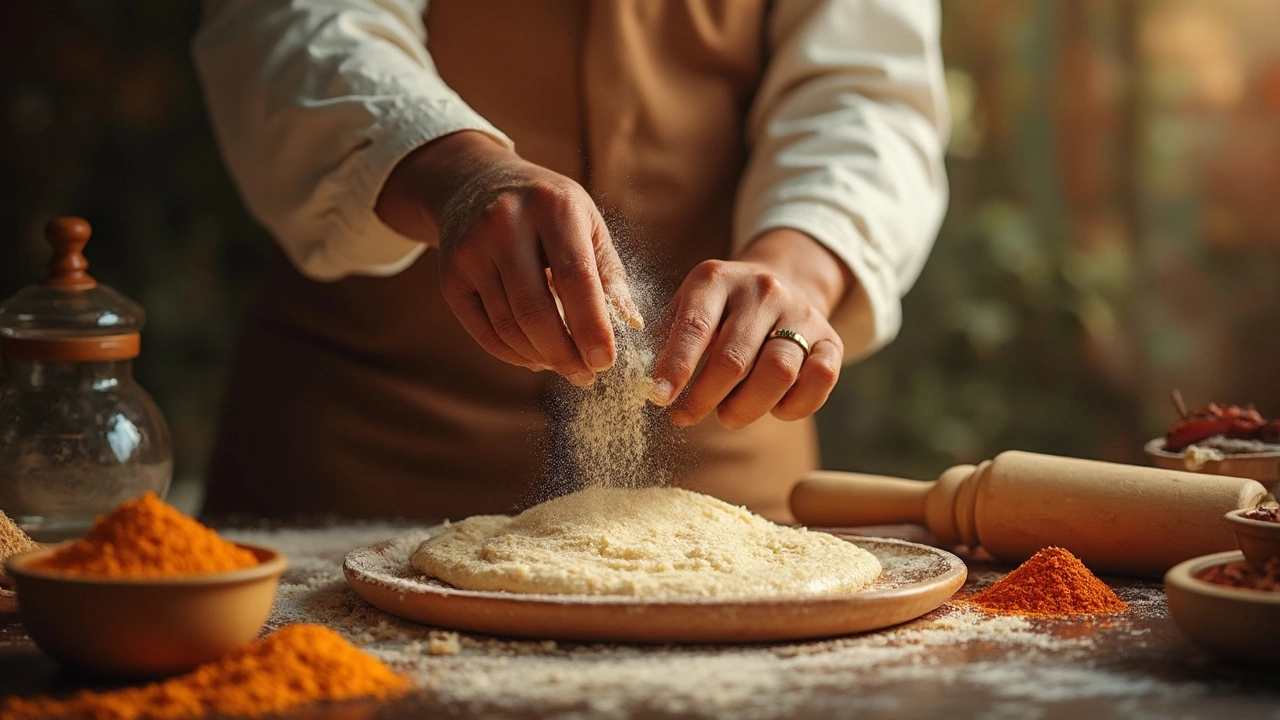Soft Roti: How to Keep Your Indian Flatbread Tender and Fluffy
When cooking soft roti, a pliable Indian flatbread that stays tender after cooking. Also known as soft chapati, it relies on a few simple factors to stay fluffy instead of turning tough.
One of the biggest game‑changers is the use of baking soda, a tiny leavening agent that creates tiny air pockets in the dough. Adding just a pinch can lift the texture, helping the roti puff up when it hits the hot pan. This is why many home cooks swear by the baking soda roti trick for that extra softness.
Another secret lies in when you add oil, a small amount of fat mixed into the dough. Incorporating oil during the kneading stage coats the gluten strands, reducing rigidity and letting the bread stretch without tearing. The result? A roti that stays tender even after it cools.
Key Ingredients and Techniques That Shape Soft Roti
Besides leavening and fat, the type of flour matters. whole wheat flour (atta), the staple flour for Indian flatbreads provides the right balance of protein and fiber to form a strong yet flexible dough. Over‑hydrating the mixture can make the dough sticky, while under‑hydrating leads to dense rotis. The sweet spot is a soft, non‑sticky ball that feels slightly tacky to the touch.
Temperature plays a role, too. A hot, dry pan gives the roti a quick crust, trapping steam inside and encouraging puffing. If the pan is too cool, the roti dries out and stays flat. This is why many recipes tell you to wait until the skillet is smoking before you place the dough.
All these pieces link together in a simple chain: soft roti requires proper dough hydration, a pinch of baking soda, the right amount of oil, and a hot cooking surface. When any link breaks, the roti either stays flat or becomes tough. Understanding these connections lets you troubleshoot common problems like a roti that won’t puff or turns hard after a few minutes.
Now that you know the science behind a fluffy flatbread, you’ll spot the tricks that turn an ordinary chapati into a restaurant‑quality soft roti. Below you’ll find a hand‑picked collection of articles that dive deeper into each tip, from fixing a roti that won’t puff to mastering the perfect dough consistency. Let’s explore the practical advice that will level up your kitchen game.

Does Roti Need Baking Powder? The Real Deal for Softer Breads
Wondering if you should add baking powder to roti dough? This article breaks down if baking powder is a must for soft rotis, how it changes texture, and what most home cooks actually do. Find practical tips, some science behind old-school methods, and easy hacks for perfecting your rotis every time. Plus, learn which tweaks make a difference and what’s just a time-waster in the kitchen.

Does Baking Soda Make Roti Soft?
Making the perfect soft roti is an art, and many wonder if baking soda can be the secret ingredient to achieve that fluffy texture. This article explores the effects of baking soda on dough and shares practical tips on achieving soft, pliable rotis. We delve into experimenting with various dough ingredients while understanding baking soda's role in the process. Additionally, we discuss alternative methods and common pitfalls in roti-making. Get ready to mix, knead, and flip your way to softer rotis!